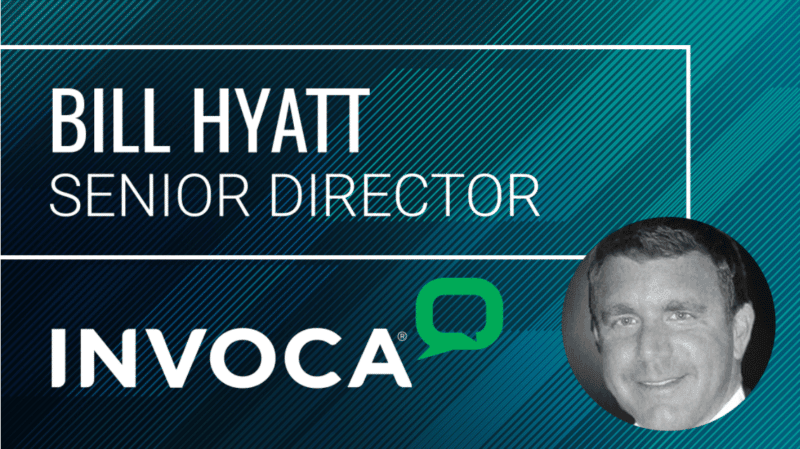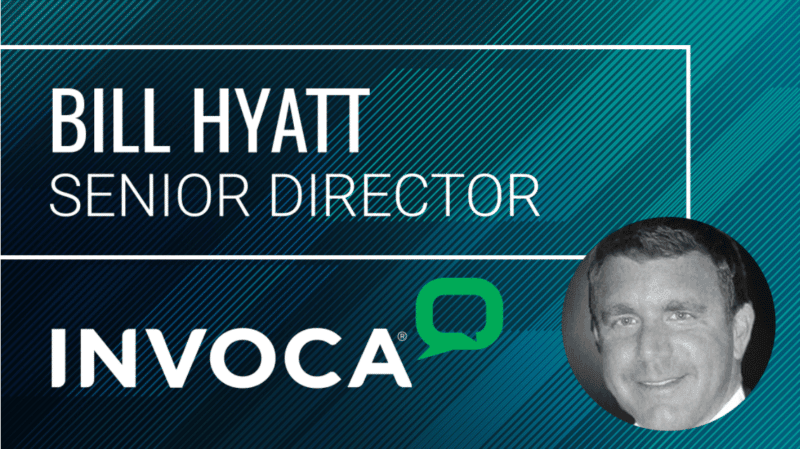
With more than 80 million customer calls a month being driven by Google search ads, there’s an enormous opportunity to leverage call analytics to maximize that engagement into conversions.
The technology can also eliminate wastes of time, resources and money.
“We’re talking about eliminating underperforming campaigns, those campaigns that are not driving the outcomes that you’re interested in,” said Bill Hyatt, senior director at call analytics provider Invoca, speaking at SMX Next. “We’re talking about suppressing unnecessary ad spend so that we’re not wasting our marketing budget.”
Eliminating those campaigns can drive down cost-per-conversion, cost-per-lead, cost-per-sale and more, he said.
Watch Invoca’s SMX Session: How Call Tracking Can Eliminate Waste In Your SEM Campaigns
“Then we flip the page. How do we increase revenue?” Hyatt asked. “Well, leveraging the insights that we received from speech analytics and pushing those back into our digital marketing agenda, we can optimize marketing spend to drive more conversions. So we understand through the phone channel what’s driving conversion and focus in on those.”
In practice, if a marketer understands “why someone’s calling, what they’re interested in, the context of that phone conversation, then I have a pretty good understanding of either the next best offer or next best action in that overall customer journey,” he said.
Call analytics capabilities
In one example, Hyatt outlined how call analytics could integrate with a Google Ad campaign that directs people to a landing page with an application for something like a mortgage or auto loan.
“As they come into the landing page through a campaign ad group set of keywords, you’re able to track applications that were submitted via that form. And you know how much, through Google Ads, that set of keywords is costing you, how many conversions [come in] through the application… and what your cost per conversion is,” he said.
In that scenario, if the campaign cost was $10,000 and the company had 50 conversions, then the cost per conversion is $200.
But some customers may prefer to speak to a lending officer or an advisor before filling out the form. With a call analytics platform, which can dynamically add unique phone numbers to the page, that interaction can also be tracked back to the action that drove the customer to call.
“So, same scenario, same campaign ad group, same set of keywords, where a certain number of individuals converted through a form submit. Others chose, either through the web page to call directly from the page, or from a Google call extension to convert over the phone,” explained Hyatt. “So the 50 from the form submit plus another 50 over the phone. What we’re going to start seeing is a more normalized or true cost per conversion.”
In this example case, we’d discover that our cost per conversion, instead of being $200, is actually $100. With this information, we can do a better job of allocating media dollars going forward.
Expanding use cases
Call analytics platforms have been adding features in the past few years as more marketers rely on them to gather actionable insights from their growing call volumes. In many cases, enhancements have leveraged new investments by vendors in adding AI to their platforms to drive real-time insights into their data.
According to the lastest MarTech Today Martech Intelligence Report on call analytics platforms, overall these systems are used in the following ways:
- Marketing attribution: Call analytics provide flexible attribution across media channels, helping brands understand which digital media are driving phone calls. PPC marketers, in particular, have adopted call analytics to connect callers to specific campaigns and keywords and track keywords to conversion events. The goal is to optimize bids for the keywords driving the most productive calls.
- Personalization: Call data can be combined with other martech system data to improve marketing personalization. Call analytics surface demographic data, product interest, buying stage and customer type. By pushing caller audiences into PPC, CRM or other marketing automation systems, marketers can optimize for the next right action.
- Persona and lookalike audience building: Call analytics platforms record and transcribe calls, then apply AI-based models to the results to determine the characteristics of the highest-performing callers or leads. Marketers can then build personas or lookalike audiences to use in campaign development and execution.
- Retargeting: Call recordings and transcriptions can also be used to retarget prospects based on the content – and insights derived – from their prior calls.
- Sales enablement: Call analytics platforms can score calls based on transcript analysis to identify which callers merit callbacks, evaluate agent performance and learn which scripts or offers work best.
Improving the experience
While Hyatt highlighted the cost savings and potential revenue growth tied to call analytics, it’s also important to focus on how these platforms affect the customer experience.
“Now speaking of the customer, how do I enhance their customer experience, how do I make it easier for them to do business with us?” he asked. “Well, one way might be to intelligently route the call. If I understand, from the digital journey perspective, where they came into the website, what pages they viewed, what products or services they were interested in, then perhaps I could put them into the queue at the call center where there’s a specialized agent that can handle precisely what they’re interested in.”
More from SMX Next
The post Call analytics: How they can drive down costs and improve search conversions appeared first on Search Engine Land.
Source: IAB

